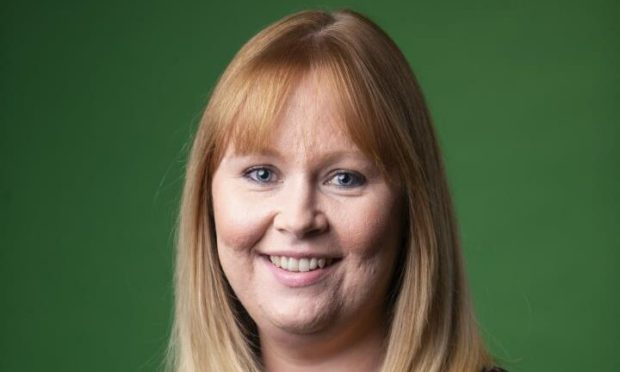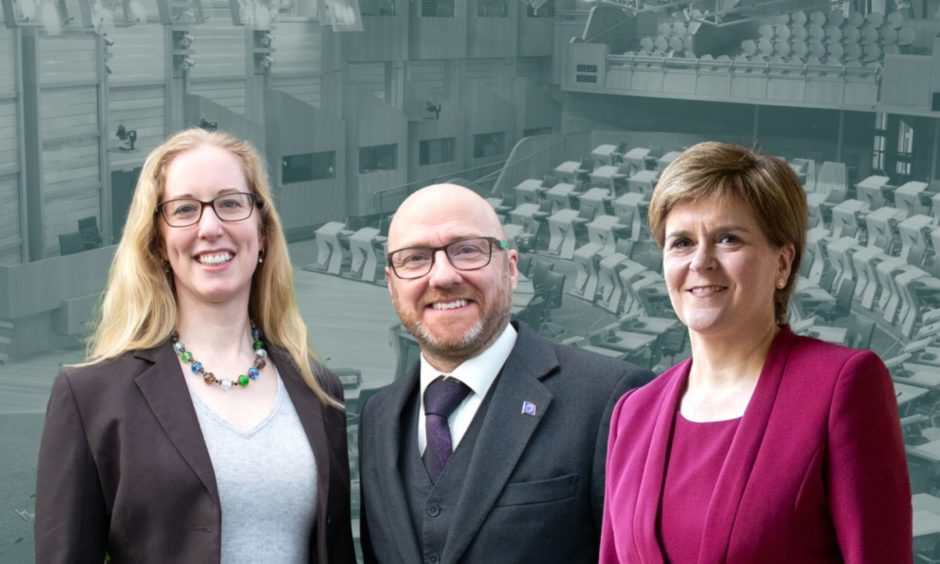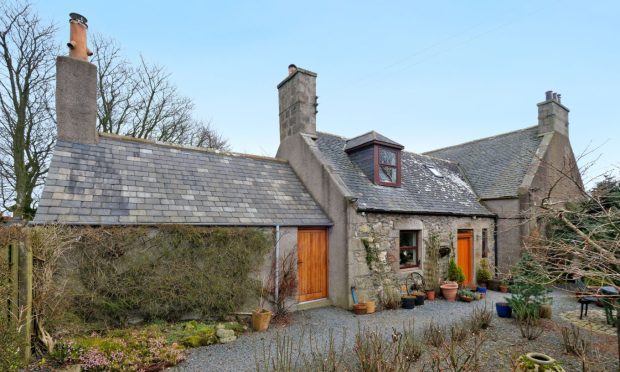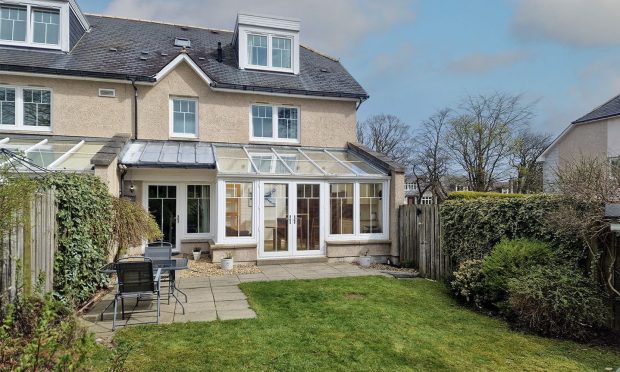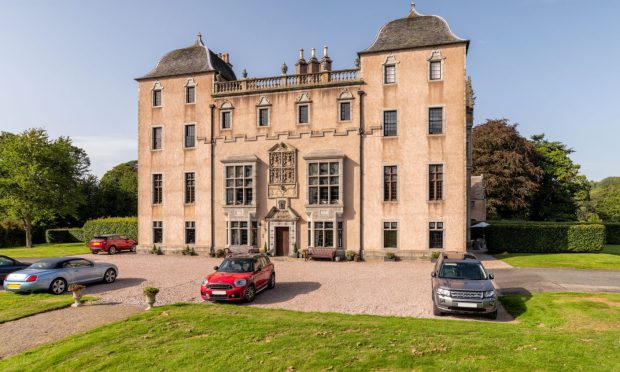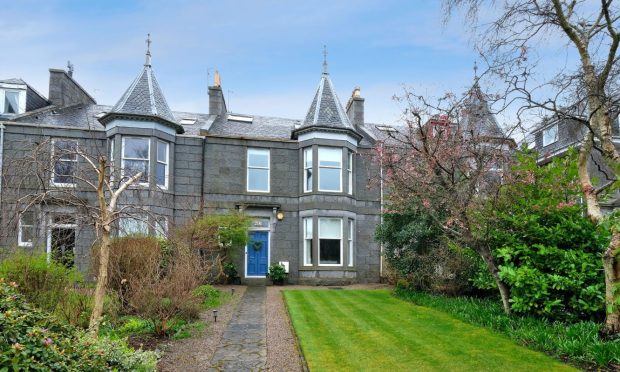Property experts are mulling the future direction of planning policy in Scotland after a recent court ruling. Gemma Perfect, of Aberdein Considine, considers the ramifications for land development.
In July, the Court of Session quashed an amendment to planning policy that was introduced by the Scottish Government late last year.
Well, so what you might say.
Planning policy is certainly one of those areas which doesn’t generally have “bestseller” written all over it, especially in terms of its appeal to the general public, but it is a critical aspect of government decision-making, particularly when it relates to housing.
Housing itself is another policy area that few governments, if any, have really got to grips with.
What does this decision tell us and what does it actually mean?
In short, it concerns a term called “tilted balance” – the courts have thrown out a government attempt to derail it towards granting permission for housing development.
Tilted balance means that a presumption in favour of granting permission for residential property developments is automatically engaged in areas where there is a housing shortage, or a development plan is out of date.
There is an exception to this where any adverse impact of the development proposed would significantly and demonstrably outweigh its benefits.
Guidance
The courts had previously provided guidance to the application of this principle when over-ruling planners at Inverclyde Council who refused to grant permission for a project because it did not meet all of the requirements of “sustainable development”.
This decision was seen as extremely helpful, but the government then sought to derail the tilted balance principle – at the end of 2020 – through, it would seem, a back door – a planning advice note.
This created more hurdles for those involved in housing delivery while, quite surprisingly, removing the presumption towards a sustainable environment.
‘Sensible and pragmatic’
In quashing this particular guidance and reaffirming the tilted balance principle, the courts have taken what appears to be a sensible and pragmatic view that alleviating a chronic housing shortage is, in itself, a normal step towards a sustainable environment.
There’s no doubt this will be extremely welcome news for housebuilders and developers who are under pressure to provide the necessary supply of housing the country requires – a reasonable clue to the excess of demand over supply is writ large through the increase of average house prices in many parts of Scotland over the past few months.
But this is by no means an end to the matter.
Vehicle hire firm Redde Northgate looks to drive growth at new premises
We will soon see the consultation get under way for National Planning Framework 4, in which the government will set out its new plan for Scotland in 2050.
This will be a major strategy and some critical, long term decisions will need to be made.
But again, this is not the end either.
SNP + Greens = ?
We now have the high-profile coming together of the SNP and the Greens, and this will undoubtedly produce some further policy thinking – indeed their co-operation agreement has as a stated aim that “every opportunity should be taken to ensure that land-use changes…address the twin environmental and climate crises, and support a just transition”.
Finally, there is no avoiding what will be the highest-profile climate summit, possibly ever, in COP26 – being held in Scotland this year. Could we see additional policy measures in its wake?
So what’s the plan for planning? It’s anyone’s guess.
Gemma Perfect is a partner and commercial property specialist in the Aberdeen office of law firm Aberdein Considine.
